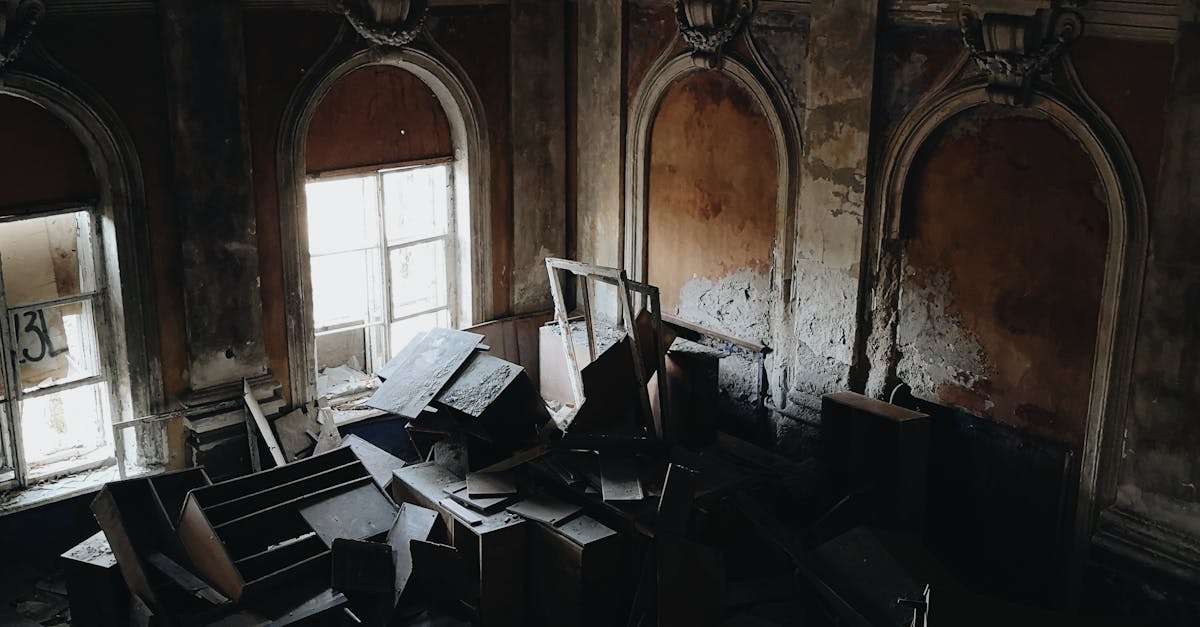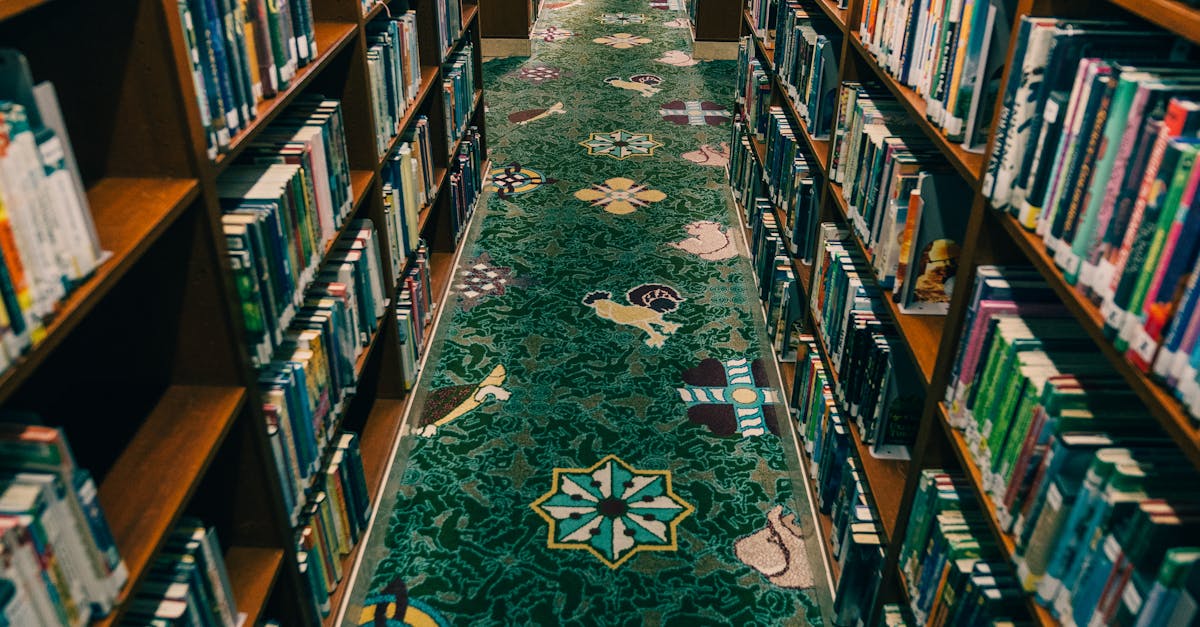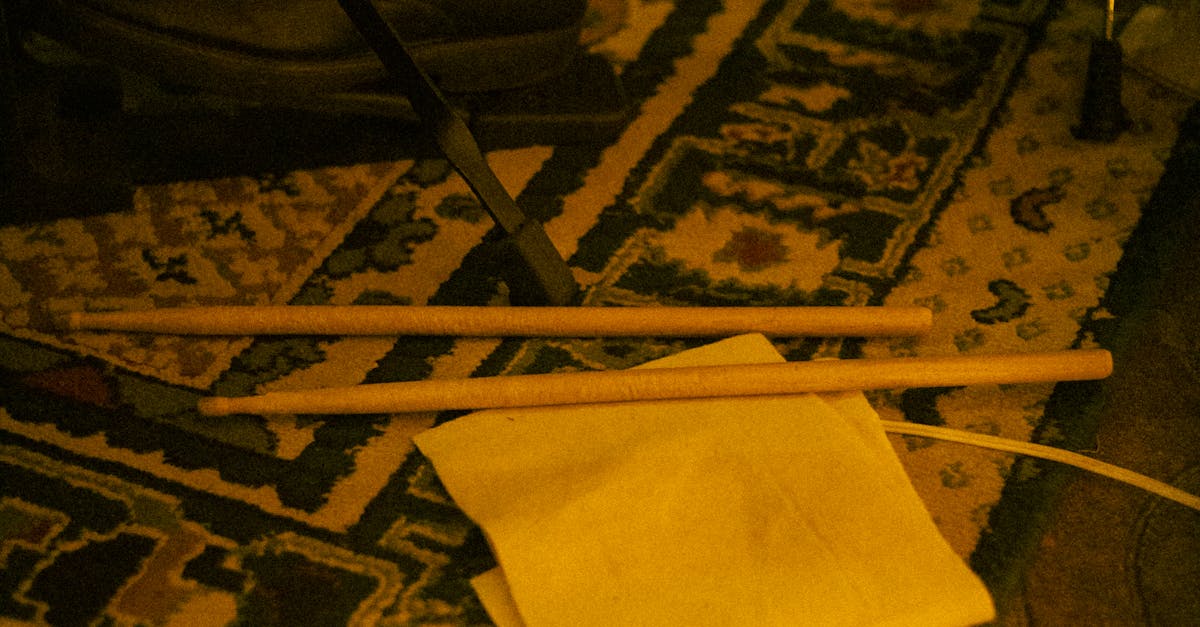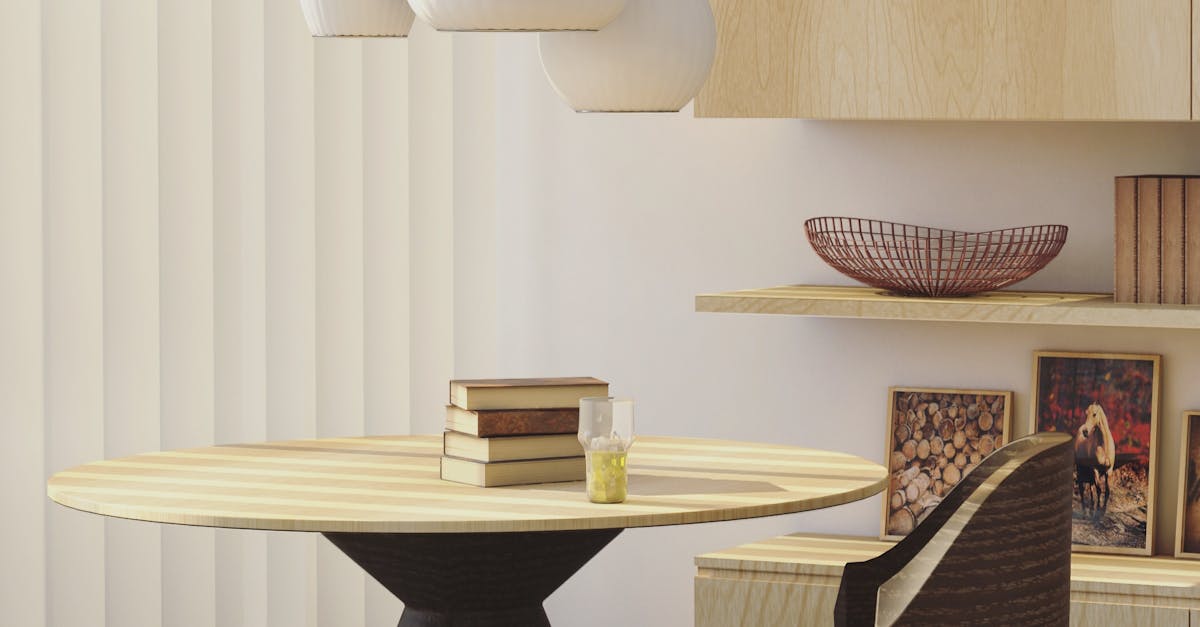
Table Of Contents
Cleaning the Subfloor
Cleaning the subfloor is a crucial step in the process of Carpet Removal. Once the carpet has been taken out, it is essential to ensure that the subfloor is thoroughly cleaned to prepare it for new flooring. Begin by removing any remaining carpet padding, nails, and staples from the subfloor.
Next, thoroughly vacuum the subfloor to remove any dust, dirt, or debris. Inspect the subfloor for any signs of damage, such as water stains, mold, or mildew. If any damage is found, it must be addressed and repaired before installing new flooring.
Inspecting for Damage
Inspecting for Damage:
When undertaking a DIY project such as Carpet Removal, it is crucial to inspect the subfloor thoroughly for any signs of damage. Begin by carefully examining the entire surface for moisture, mold, or mildew that may have developed underneath the carpet. Look for any soft spots, discoloration, or odors that could indicate water damage or rot. Additionally, check for any unevenness or cracking in the subfloor that may need to be addressed before installing new flooring. Taking the time to assess the condition of the subfloor will ensure a smooth and successful transition to a new flooring material.
In some cases, especially in older homes or in areas where moisture is common, you may discover hidden damage that requires professional attention. If you encounter extensive water damage, rot, or structural issues during the inspection process, it is recommended to consult with a flooring specialist or contractor to determine the best course of action. Addressing any underlying damage promptly will not only prevent further issues but also ensure the longevity and quality of your new flooring installation.
Final Steps
Final Steps
Before proceeding with the final steps of Carpet Removal, make sure the subfloor is clean, dry, and free of any debris. Any remaining adhesive from the old carpet should be removed using a scraper or adhesive remover to ensure a smooth surface for the new flooring. Inspect the subfloor for any signs of damage, such as mold, mildew, or water damage. If any issues are identified, address them promptly to avoid further complications.
Once the subfloor is clean and damage-free, it's time to prepare for the installation of the new flooring. Vacuum the subfloor to remove any dust or particles that could affect the adhesion of the new flooring. Additionally, consider installing a moisture barrier or underlayment to protect the new flooring from potential moisture issues. By taking these final steps, you'll ensure a successful and long-lasting flooring replacement after completing the Carpet Removal process.
Vacuuming and Preparing for New Flooring
When it comes to the final stages of "Carpet Removal," ensuring that the subfloor is clean and prepped for new flooring is essential. Before installing new flooring, it is crucial to thoroughly vacuum the subfloor to remove any remaining dirt, debris, or small carpet fibers that may have been left behind during the removal process. This step is vital as it helps provide a clean surface for the new flooring to adhere to, ensuring a smooth and successful installation.
Additionally, once the subfloor has been vacuumed, it is important to inspect it for any signs of damage or imperfections that may need to be addressed before laying down new flooring. This inspection will help in identifying any areas that may require repair or leveling to ensure that the new flooring sits evenly and securely. Taking the time to properly clean and prepare the subfloor for new flooring will not only result in a better-looking finished product but will also help prolong the lifespan of the new flooring.
Disposing of the Carpet
Disposing of the old carpet is a crucial step in the overall process of Carpet Removal. Once the carpet has been successfully lifted and rolled up, it's important to handle its disposal responsibly. Old carpet can be quite bulky and challenging to dispose of, but there are eco-friendly options available for those looking to reduce their environmental impact.
Recycling the old carpet can be a sustainable choice. Many carpet manufacturers accept old carpets for recycling purposes. By recycling the carpet, the materials can be reused in various ways, reducing the amount of waste that ends up in landfills. If recycling is not an option, disposing of the old carpet at a waste management facility that handles bulky items can be another responsible way to get rid of it.
Recycling or Disposing of Old Carpet Responsibly
When it comes to the responsible disposal of old carpet after a Carpet Removal project, it is essential to consider environmentally friendly options. One way to dispose of old carpet responsibly is by recycling it. Several facilities accept used carpet for recycling, where it can be processed and reused in various ways, reducing the environmental impact of the discarded material. By opting for carpet recycling, you not only divert waste from landfills but also contribute to the conservation of resources.
If recycling old carpet is not a viable option, it is crucial to ensure proper disposal. Some municipalities have specific guidelines for disposing of carpet, so it is advisable to check with local waste management authorities for the correct procedures. Additionally, some waste management companies offer carpet disposal services, ensuring that the old carpet is discarded in a way that minimizes harm to the environment. By taking the necessary steps to dispose of old carpet responsibly, you can contribute to sustainability efforts and reduce the negative effects of waste on the planet.
FAQS
Can I remove the carpet myself?
Yes, you can remove the carpet yourself with the right tools and techniques.
What tools will I need to remove the carpet?
To remove the carpet, you will need tools such as a utility knife, pliers, hammer, pry bar, gloves, and a dust mask.
Is it necessary to clean the subfloor before installing new flooring?
Yes, it is important to clean the subfloor before installing new flooring to ensure a smooth and even surface.
How can I dispose of the old carpet responsibly?
You can dispose of the old carpet responsibly by recycling it or contacting your local waste management services for proper disposal options.
Should I inspect the subfloor for any damage before installing new flooring?
Yes, it is recommended to inspect the subfloor for any damage such as mold, mildew, or water damage before installing new flooring to avoid future issues.




